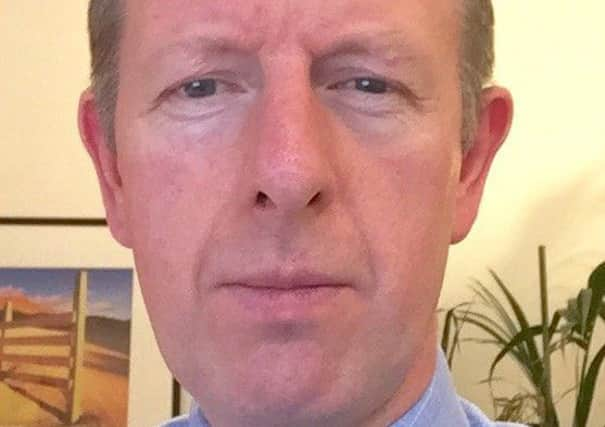Peter Kearney: Why is government letting anti-Catholic crime going unchecked?


This is unfortunate since the statistics, while dry and to some extent dull, tell us something about the society we all live in and the extent to which it remains scarred by past hatreds and tumults.
The fact that the government chose to release the statistics on the day after the UK General Election, which turned out to be one of the most seismic and unexpected results in recent memory, probably goes some way towards explaining the lack of attention paid to them.
Advertisement
Hide AdAdvertisement
Hide AdFortunately however, they did not go completely unnoticed. Among those concerned by them and willing to seek information and answers about a subject all too often swept under the Scottish political carpet was the Labour MSP Elaine Smith. In a series of parliamentary questions she sought to understand why more than half of all hate crimes (57 per cent) target Catholics or Catholicism. When one considers that Catholics account for just 17 per cent of the population, it is clear that this is an unusual and worrying statistic.
Were any other type of crime to be dominated so completely by a single type of behaviour, we might expect a targeted strategy to emerge, promoted by the authorities as a response to a particular problem.
Mobile phone use while driving, or drinking and driving would be cases in point.
While technically they are motoring offences, we never hear of public information campaigns which advocate “safe driving”; rather, particular types of behaviour, such as drinking or phoning are highlighted and rightly, condemned.
The approach is sensible and logical – before a problem can be tackled, it must first be identified and addressed.